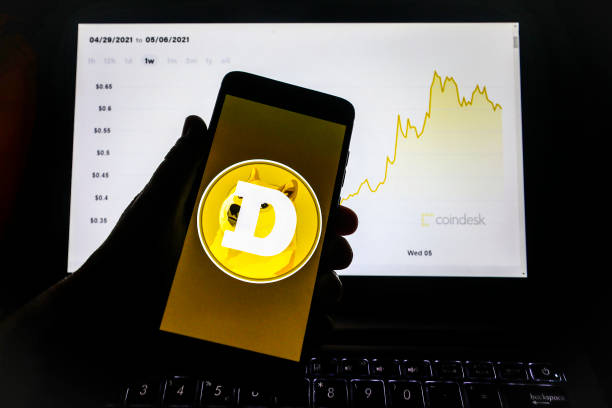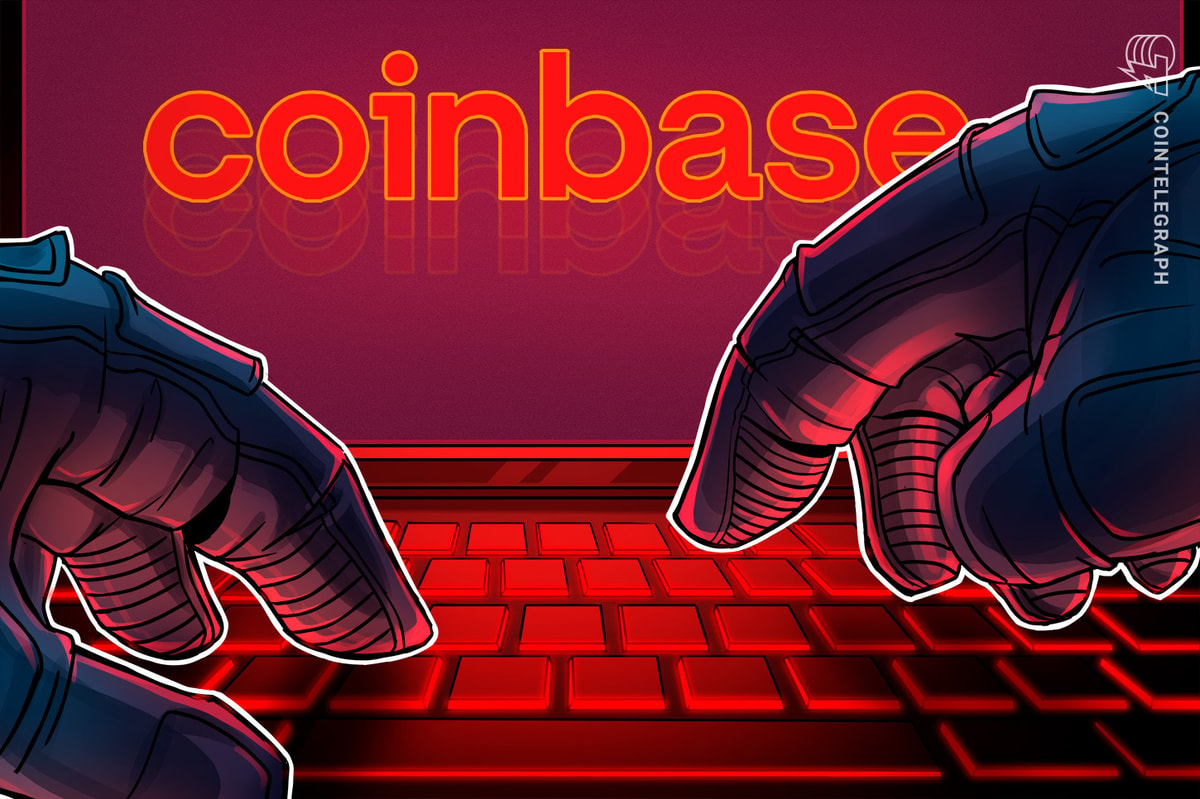Strike chief executive Jack Mallers says the post-war monetary model has hit a wall. In an appearance on Natalie Brunell’s Coin Stories podcast released, the 30-year-old entrepreneur delivered a granular history lesson, a withering critique of US debt dynamics and, above all, a case for Bitcoin as the asset capable of absorbing the shock when the dollar-centric order finally gives way.
A century-Old Bargain Reaches Its Limit
Mallers began by rewinding to 1944. “After the world wars America was the strongest economy. We had the most gold…” he recalled, noting that Bretton Woods installed the dollar as the world’s reserve currency precisely so Washington could “export our strength” in paper while importing physical goods. That bargain, he argued, morphed into something far more lopsided:
“Effectively we are printing pieces of paper and getting real stuff in return for it. You delegate and outsource manufacturing an iPhone, the food you consume, the energy you burn, and all you’re doing is importing real goods and exporting currency. That’s Triffin’s dilemma in action.”
The numbers back him up. Gross federal debt now stands at roughly $36.2 trillion and is on pace to exceed $37 trillion by fiscal year-end, according to the Concord Coalition’s review of Treasury data. Interest costs alone are running at an annualized $684 billion.
Mallers dwelt on how that debt is funded. In the 1980s and 1990s, he said, surplus nations—“China, Japan, Russia”—were happy to recycle export earnings into Treasuries. No longer. “If your buddy was $36 trillion in debt, would you lend him more money? Probably not,” he quipped. The marginal buyer today, he said, is “our own banking system and hedge funds levered up in the Cayman Islands.”
That view echoes recent market chatter. JPMorgan Chase chief Jamie Dimon has warned that current capital rules discourage banks from holding Treasuries; he urged regulators last month to strip the securities from the supplementary leverage ratio (SLR) so dealers can absorb spikes in supply without blowing through capital buffers. And the Treasury itself plans to begin liquidity-support buy-backs this week, part of a programme unveiled at the May Quarterly Refunding.
Leverage of that scale, Mallers argued, cannot survive turbulence: “Leverage doesn’t do well with volatility, so as soon as markets start to move, they print the money.” Hence his conclusion that the United States is “structurally short volatility.”
Gold As “Parking Lot,” Bitcoin As End-Game
Mallers tied the argument to 2025’s macro headlines. President Trump’s tariff threat on a fresh tranche of Chinese goods jolted bond markets in April; 10-year yields briefly spiked above 4.6 percent before retracing to 4.46 percent. That bout of instability, Mallers said, forced the administration to test “how far can I push before I cascade the deck of cards.” Authorities have since flipped back to easing mode: broad money (M2) has resumed an upward trajectory and policymakers “are providing the liquidity,” he said.
His formula is blunt: “Bitcoin equals technology plus fiat liquidity.” More newly created dollars chasing finite coins is, in Mallers’ view, the simplest and strongest tail-wind the asset has.
Brunell pressed him on the recent bid in bullion, especially among central banks. Mallers was uncompromising: “Gold is the temporary parking lot. Bitcoin carries every monetary property the market demands—fixed supply, scarcity, divisibility, portability, and the ability to self-custody.”
He framed the investment universe at roughly $900 trillion in global assets, half of which humans use as a savings device. “The dollar will increasingly not be used for that; sovereign debt won’t either,” he said, predicting a rotation first toward gold, then decisively into Bitcoin as technology familiarity grows.
Mallers alluded to US President Donald Trump’ Strategic Bitcoin Reserve and floated a path whereby the United States preserves dollar invoicing but anchors value in Bitcoin: “If they come out, devalue the debt enough and build a Bitcoin position that’s $50 trillion over the next ten years—problem solved. All your dollars are backed by Bitcoin. Your hot dog on the corner is still priced in dollars, but the real capital storage, the real wealth, sits in Bitcoin.”
Liquidity And BTC Price ActionBitcoin’s own price has spent the spring consolidating in the high-$70,000s and is now back above $100,000. Mallers attributed the pause to a market wrong-footed by Trump’s initial “liquidity-negative” stance. Now, he contends, conditions look similar to late-2023, when an M2 rebound coincided with the asset’s march through $40,000, $50,000 and ultimately $70,000. “We’re on the other side of liquidity negative,” he said.
The risk, he acknowledged, is disorderly volatility in Treasuries. Dimon recently warned of a potential “kerfuffle” that could force the Federal Reserve to intervene directly in the secondary market. Should such an episode erupt, Mallers expects policymakers to “print the money”—a catalyst he believes would only accelerate Bitcoin adoption.
Mallers’ thesis is not new, but his latest outing sharpened the edges. The United States, he said, can no longer count on foreign surpluses to finance deficits. Domestic banks and hedge funds can fill the gap only if regulators supply leverage and the Fed supplies dollars. That loop, already creaking under $36 trillion of debt, is inherently inflationary. In Mallers’ words: “The game is rigged—and Bitcoin wins, because math doesn’t lie.”
At press time, BTC traded at $104,112.











